Email marketing generates an ROI of 51.52 USD and offers you direct communication with your target audience. That’s why developing a successful email campaign that gives you high ROI and helps you build a loyal customer base is more important than ever.
And you need impactful strategies to get the results you want. So, where do you begin? If you’re lost, we’ve put together a list of 19 email marketing best practices that will help you drive engagement and actionable results. You can be a pro at email marketing, and we still guarantee you’ll have some fire takeaways from this.
Table of contents
- 1. Optimize subject line and preview text
- 2. Use a recognizable sender name
- 3. Stand out in user’s inbox with BIMI
- 4. Avoid using a “no-reply” email address
- 5. Never buy an email list
- 6. Maintain email list health
- 7. Segment your email list
- 8. Write a relevant and compelling email copy
- 9. Personalize your emails
- 10. Leverage the power of automation
- 11. Give users a clear option to unsubscribe
- 12. Leverage email design trends
- 13. Make your email accessible
- 14. Make your emails responsive
- 15. Find the best time to send emails
- 16. Maintain the right email frequency
- 17. Preview and test your emails before sending
- 18. Always add fallback versions of the email
- 19. Track the right metrics to gauge the campaign performance
- Way forward
1. Optimize subject line and preview text
The subject line is the first thing users see, so it should be compelling to make them click and open. Besides, you should keep the subject line concise, i.e., within the character limit, so it doesn’t get cut off.
Typically, a desktop shows around 60 characters of your subject line, while mobile devices show only 25-30 characters. So, ensure that you say what you want to say within these characters.
Your preview text is the text shown below the subject line and contributes towards increasing your open rates. But, many times, marketers don't optimize it and keep it blank. In such cases, the ISPs will automatically display the first line of coded content in your email. These snippets can be like "View in a web browser" or "You are part of this email list; you can unsubscribe here."
Such a snippet doesn’t add any value to the reader, so users might delete your emails right away. So, to get higher opens, optimize your preview text and let users know what they can expect when they open your email.
2. Use a recognizable sender name
Your subscribers might receive hundreds of emails every day trying to grab their attention by offering enticing deals in the subject line. But, one other factor helps you stand out - your sender address.
The sender name is displayed at the top, followed by the subject line and preheader text. You can use your brand name, newsletter name, or an employee name that users recognize. It helps users recognize your brand and helps you get higher opens. Sender names also become important when you send a few emails in a month as users may forget about you until your next email.
3. Stand out in user’s inbox with BIMI
A picture helps people remember things far longer than a text. Now, with Brand Indicators for Message Identification (BIMI), you can make your subscribers remember you.
BIMI is an email marketing standard that allows you to add your brand image to the email logo. Combining brand image, sender’s name, and a compelling subject line can help you stand out in the inbox, thus making users click.
BIMI in action will look like this:
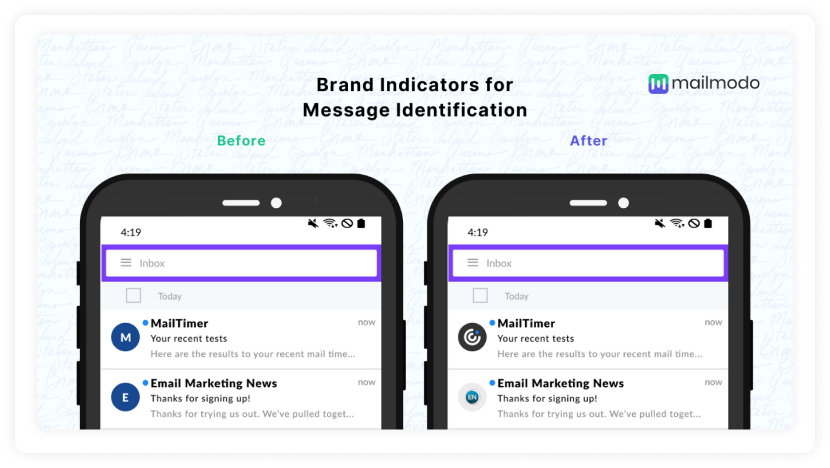
4. Avoid using a “no-reply” email address
A no-reply email address can hinder engagement and make your subscribers feel that their opinions or feedback doesn’t matter to you. You don’t want to do that to your precious subscribers.
So, ditch the noreply and use a name that users recognize, such as john@yourcompany.com. It will make your emails more humanized and prompt readers to engage with them.
5. Never buy an email list
This is the very common advice you will get if you start your email marketing journey. It’s also a best practice as a purchased email can only bring you down rather than give you an advantage. It happens for the following reason:
The recipient doesn’t give you consent for contacting them.
The recipient doesn’t know you, so the chances of email engagement are extremely low.
If users don’t know you, they will make you spam, thus, affecting your email deliverability.
Besides, General Data Protection Regulation (GDPR) requires each European recipient's consent before you reach out to them, and purchased email lists usually do not come with that consent.
If you want to know the ins and outs of building an email list, then these guides will help you:
6. Maintain email list health
Building an email list is crucial but maintaining a healthy list growth rate is also important. Your subscribers' preferences may change; they might unsubscribe or stop engaging. In that case, sending emails to them will affect your email deliverability as it will signal ISPs that you might be sending irrelevant and unwanted emails.
So, regularly clean your email list and suppress unengaged users or users who have unsubscribed.
To deep dive into maintaining email list hygiene, check out our guide on verifying and cleaning email list.
7. Segment your email list
Each of your subscribers is different - their preferences, demography, the reason for signing up, etc., all will vary. So, a single generic email will not resonate with each of them. That is where email list segmentation becomes crucial.
Segmenting users based on their demography, purchasing history, website interaction, engagement level, geography are some of the many you can carry out segmentation. The better your segmentation, the more relevant and personalized email you can create.
8. Write a relevant and compelling email copy
Every subscriber expects to get valuable information from the time they invest in reading your emails. That is why your email copy and email design should work in alignment to fulfill the user’s desire.
Here are must follow best practices while writing and designing email copy:
Create a hierarchical flow using headings and subheadings.
Use a single or double column layout. Avoid using multiple columns unless necessary.
Ensure adequate white space to make email less cluttered.
Avoid using generic CTA like “Click Here” or “*Learn more,” as users might not click on such CTAs. But, a CTA that says, “Grab your free e-book today!*” seems more actionable and thus compels users to click.
Related guide: How a Strong Call to Action Can Get More Clicks
9. Personalize your emails
No one likes to see a generic email that is relevant, invaluable, and seems like some robot has sent it. More subscribers expect more personalized email experiences in their inboxes with the changing email landscape.
Your subscribers are offering to hear from your brand, and thus, it’s your solemn duty to be more humanized in your email marketing efforts. Adding a subscriber's first name in the subject line is only the tip of the iceberg. There is so much more you can do to add a personal touch to your email.
Use your web, email, and CRM data to get insights into your user's behavior, and use this data to create personalized emails.
For instance, you can personalize emails based on weather or user activity, such as a weekly wrap-up email.
Here are some great examples of emails that have really outdone themselves with personalization:
Personalized email based on weather conditions by Uniqlo
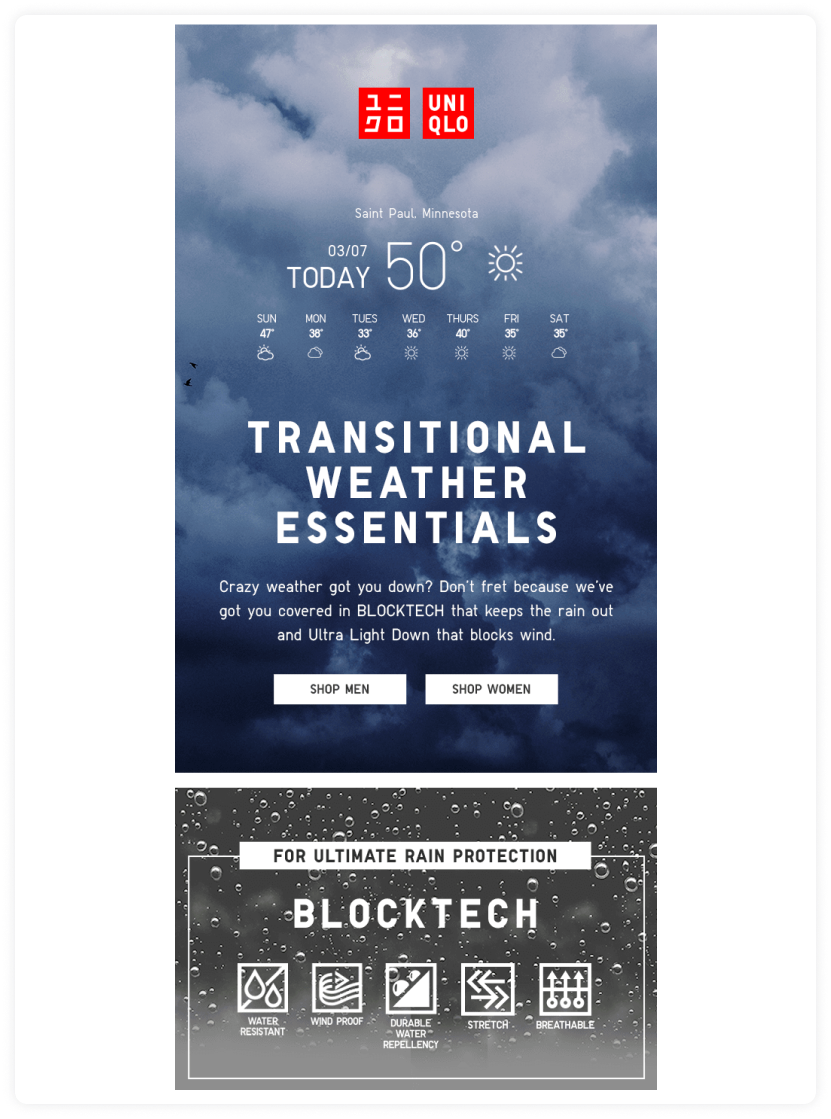
Personalized weekly summary email by Mailmodo
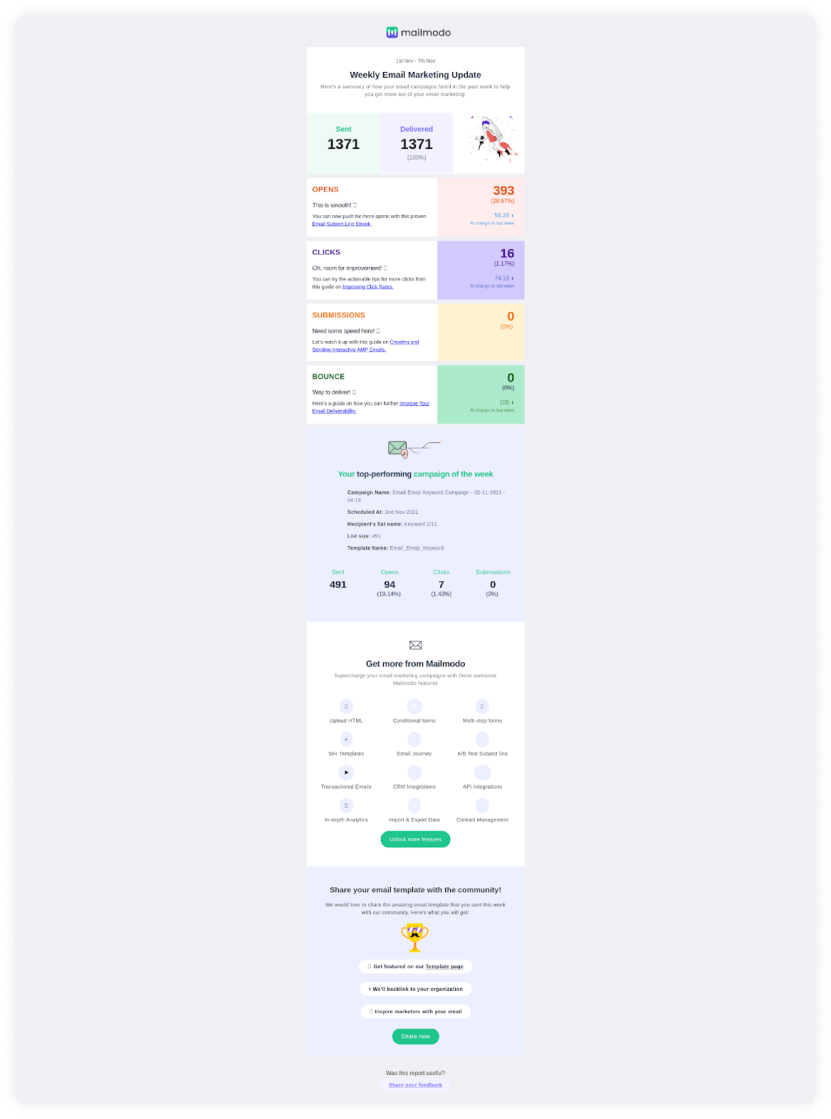
10. Leverage the power of automation
Automation has changed how email marketers carry out their campaigns, making them send personalized, trigger-based target emails that get higher clicks and conversions. You can automate your email personalization, set up triggered email sequences, etc.
Automation saves time and effort and helps you send the right message to the right people at the right time. There are many automation tools and software in the market you can use to upscale your email marketing performance while resting on your couch (of course, after setting it all up correctly.)
11. Give users a clear option to unsubscribe
No matter how engaging your emails are, some users might want to unsubscribe, maybe because they lost interest, shifted to another brand, etc. You should include a clear unsubscribe link in your email, whatever the reason is. Besides, regulations like CAN-SPAM will charge a penalty if your emails don’t allow users to unsubscribe.
Besides, if users want to unsubscribe but can't find any option, what do you think they’ll do? They will simply mark you as spam, drastically affecting your email deliverability.
So, give a clear and easy to unsubscribe option, just like Mailmodo has given in their bi-weekly newsletter:

12. Leverage email design trends
Are you still using the same layout designs you used a few years back? Your subscribers might not like it. Email design has changed, and different trends are in the talk. Why not use them to create an even better user experience by adding innovative and creative elements to your email design.
For instance, you can use compartment layout to create sections in your email and make each section stand independently. Or use arches and waves to create directional cues for the reader and direct them toward the call to action.
Here's an example of arches design in an email by Balls
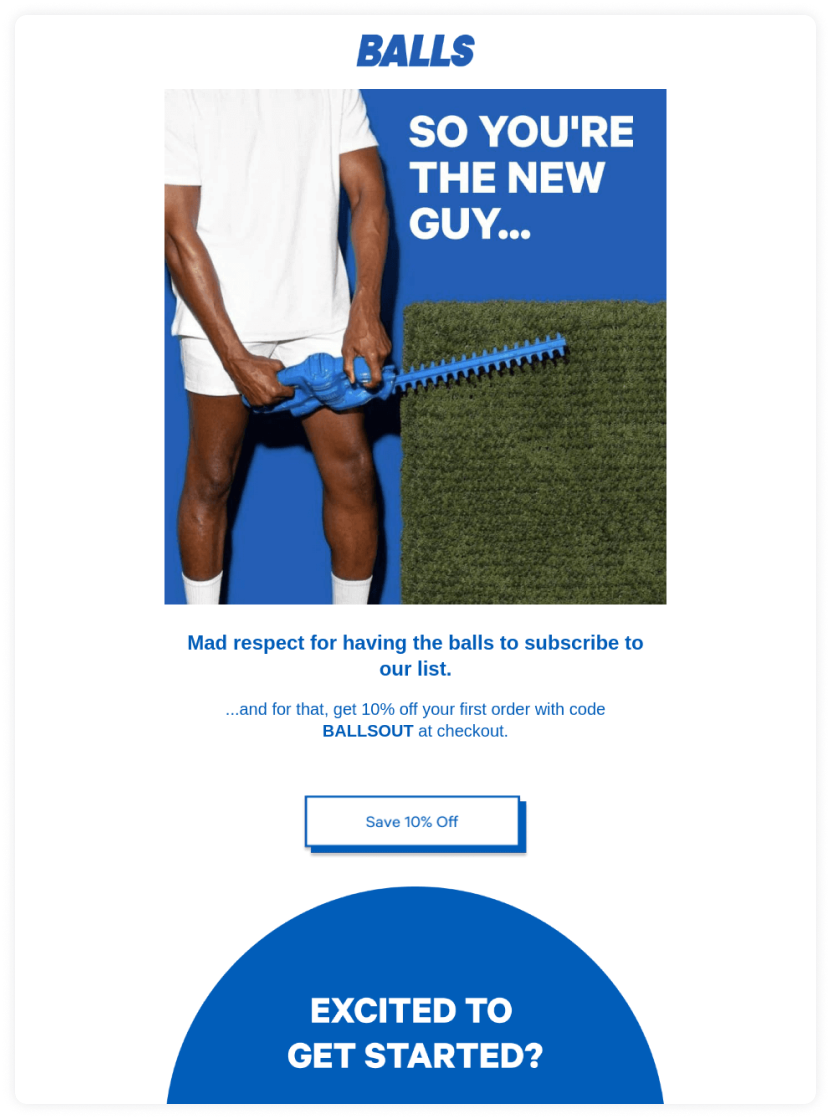
Here's how Zajno use compartments in their email
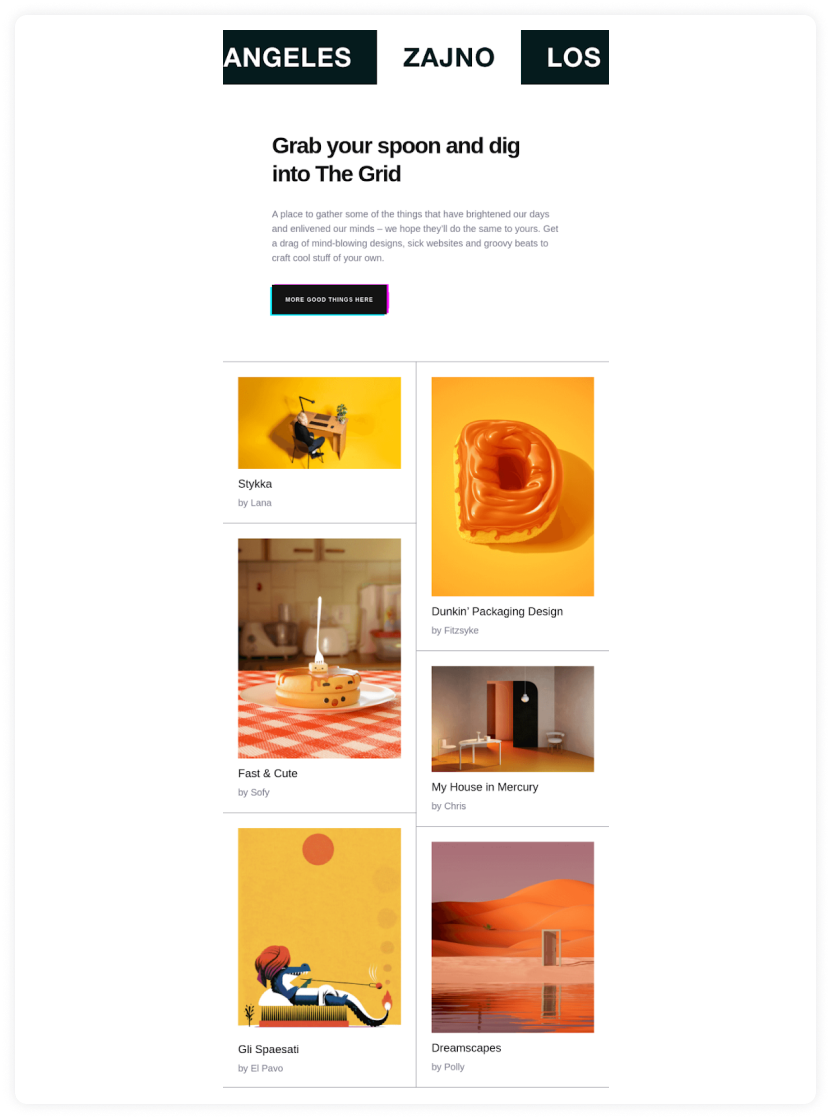
Read in detail about these 11 email design trends to boost email engagement.
13. Make your email accessible
According to the WHO, over one billion people live with some form of disability such as vision impairment, dyslexia, etc. It means they might not be able to access and read your email like people without disabilities. If your emails aren’t accessible, it will make your subscribers dissatisfied and damage your credibility as you didn’t care enough to think about these users.
So, emails should be accessible to everyone, and you can follow these email accessibility best practices to do that:
Avoid all image emails, as many mail providers block images by default.
Use a single-column layout to create a hierarchical flow.
Left-align your email copy as it lessens the reading burden on people with dyslexia.
If you are adding images, make sure to add descriptive text for screen readers.
WCAG recommends a contrast ratio of at least 4.5:1 for standard font size and font size larger than 23px or bold text larger than 18px; the ratio should be at least 3:1.
Distinguish clickable buttons by making them underline or using a different color than other email elements.
14. Make your emails responsive
Email renders on desktops are different from mobile devices or tablets. For example, a font size of 14px is readable on a desktop, but mobile users will find it difficult to read the text without making their eyes ache. This further causes what we discussed earlier, non-accessible emails.
Furthermore, 75% of subscribers admit they will delete an email if they can't read it on a mobile device. So, responsiveness, especially for mobile devices, is imperative to retain your valuable subscribers.
To know the nitty-gritty of creative response email that renders well on every device, we suggest you read our guide on creating responsive email design for a better user experience.
15. Find the best time to send emails
Sending an email at random is like throwing darts with blindfolds - you might or might not hit the bull’s eye. Such guesses will leave you vulnerable to getting no engagement on your emails, thus, affecting your email performance.
Now you might ask what the best time to send emails is?
Well, it depends. Your industry, target audience persona, email campaigns, and goals influence the send timings of your campaigns.
One way to find the best timing is to run an a/b test for different send timings. You can send two different emails to the same segments at different timings and analyze which emails get higher engagements. Then use that timing to send further emails.
And to know your industry's timings and tactics to know the right timings, you can read our guide to find the best time to send emails.
16. Maintain the right email frequency
Your subscribers have opted to hear from you, but that doesn't mean you can ping them whenever you launch a new blog post. It might annoy them and may push them towards that unsubscribe button. You don’t want that to happen, right?
Thus, you should value your subscribers' preferences and send them emails only when asked.
For instance, if they opted in for your weekly newsletters, send them that only. But, if they subscribed for promotional emails, ensure that you’re not sending too many to them at once.
17. Preview and test your emails before sending
Have you ever sent an automated email but realized that you might have typed the wrong birth date after sending it? Such ugly scenarios create blunders to your email campaign performance. Of course, you can send an apology email to every single subscriber. But why go through all this pain when you can avoid it from happening by previewing and testing emails?
Testing can help you find out rendering issues, typos, or any other issue that might affect your email performance. So, use it as a post-send checklist and send emails only after all the boxes are ticked.
18. Always add fallback versions of the email
With more than 50+ email clients, devices, and browsers used to access email, the support for email elements varies.
For example, in the image below, the mail provider didn’t support carousels in emails and rendered nothing in its place without a fallback version.
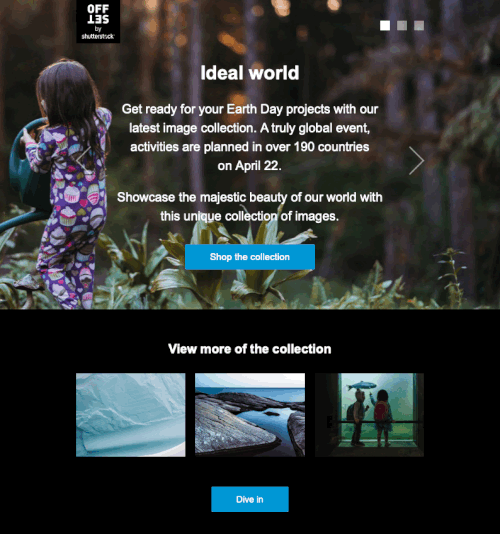 s
s
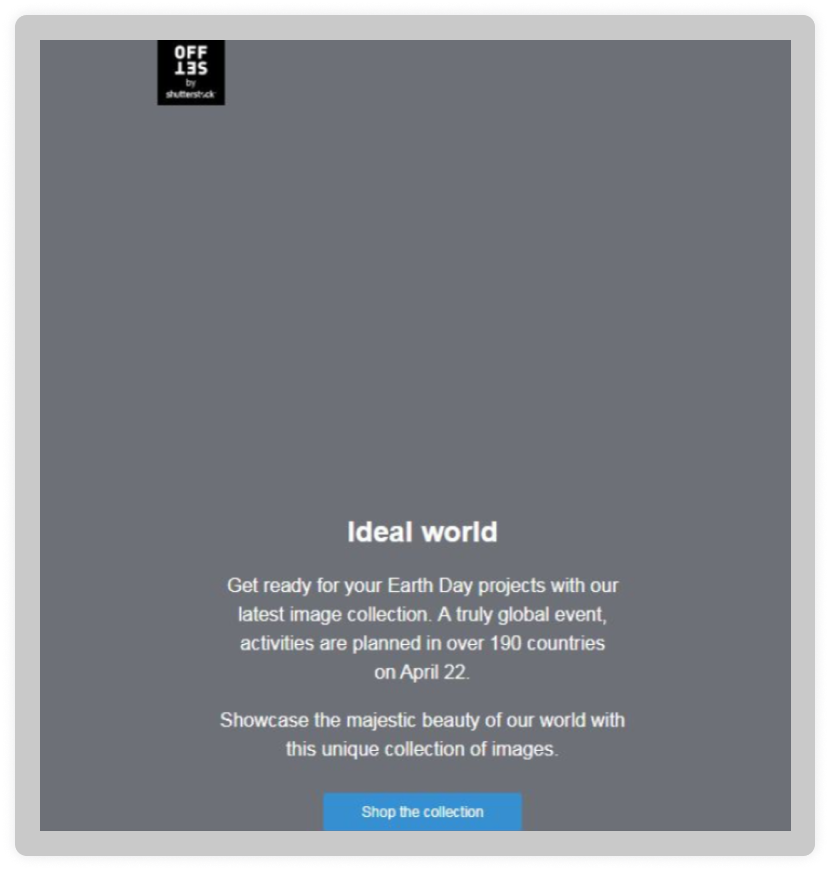
You can combat this issue by adding a static fallback version of an interactive email. The static fallback version of the above interactive email looks like this:
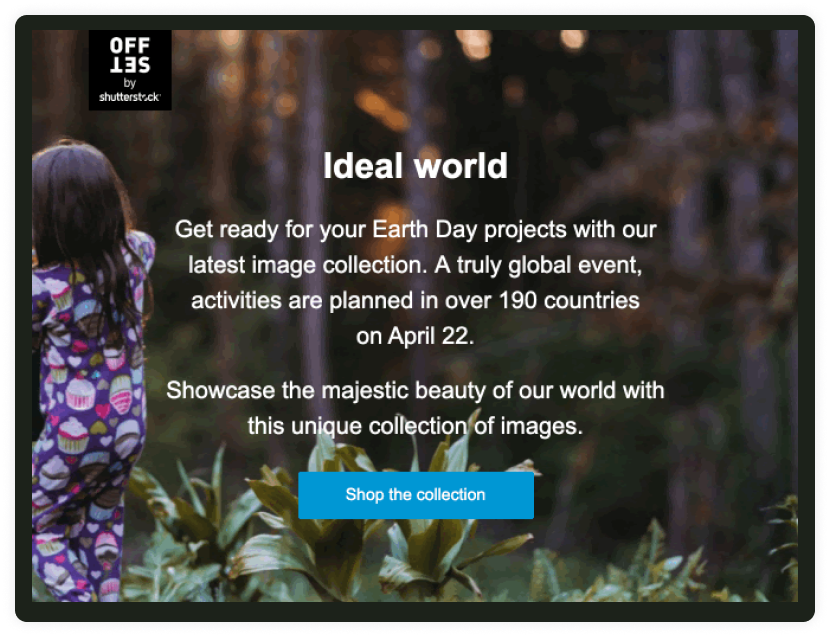
Source: Litmus
So, having a fallback version, especially for interactive email, can make your emails more accessible and ensure that users have a good experience.
19. Track the right metrics to gauge the campaign performance
Since the launch of Apple’s Mail Privacy Protection in September 2021 have been adopting this feature as it allows users to:
Hide their IP address, so the senders can’t link your activity to different online sites.
Hide their precise location.
Hide if they have opened the emails.
The higher preference for privacy has led to increasing MPP adoption from 6.6% in September 2021 to 49.9% in Feb 2022. Such adoption has caused Apple MPP to grab the first spot in February 2022, with 49.4% of email opens surpassing the webmail open at 33.4%.
Email geeks all over the world are seeing inflated opens among Apple users. So, this renders the email open rate an unreliable metric.
Besides, email is always evolving, and you might not know what the future holds. So, it's crucial to expand the performance metrics beyond opens to get a holistic view of your email performance.
Metrics such as click-through rate, conversion rates, or email quality score can help you gauge the campaign performance and help you upscale your email marketing ROI.
Way forward
You can only yield the benefits of these email marketing best practices if you use the right tools to create, manage, and launch successful email campaigns.
Mailmodo is an email service provider that offers interactive AMP emails, built-in analytics, automated email sequence, drag and drop editor, etc. Check out Mailmodo and read our AMP email guide to amplify your email marketing performance!
What you should do next
Hey there, thanks for reading till the end. Here are 3 ways we can help you grow your business:
Talk to an email expert. Need someone to take your email marketing to the next level? Mailmodo’s experts are here for you. Schedule a 30-minute email consultation. Don’t worry, it’s on the house. Book a meet here.
Send emails that bring higher conversions. Mailmodo is an ESP that helps you to create and send app-like interactive emails with forms, carts, calendars, games, and other widgets for higher conversions. Sign up now and send 10k free emails/month. Sign up here.
Get smarter with our email resources. Explore all our knowledge base here and learn about email marketing, marketing strategies, best practices, growth hacks, case studies, templates, and more. Access guides here.

